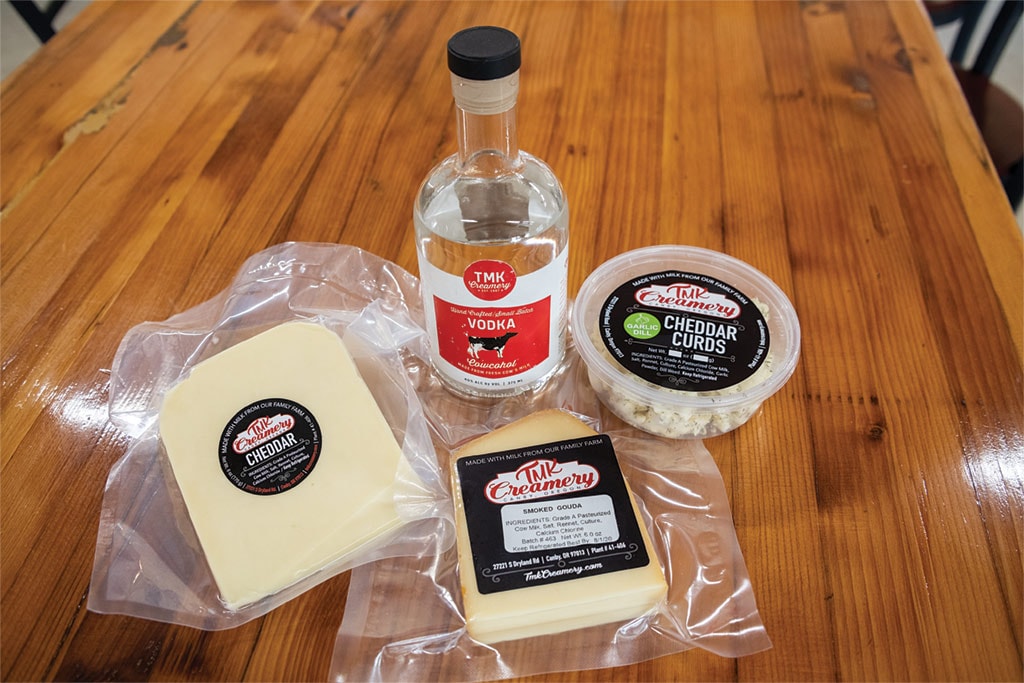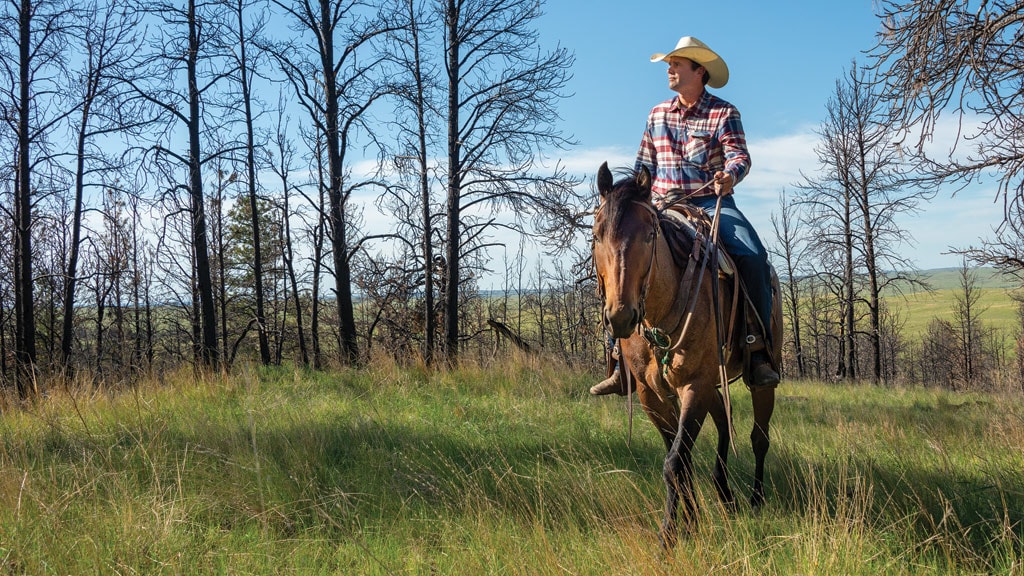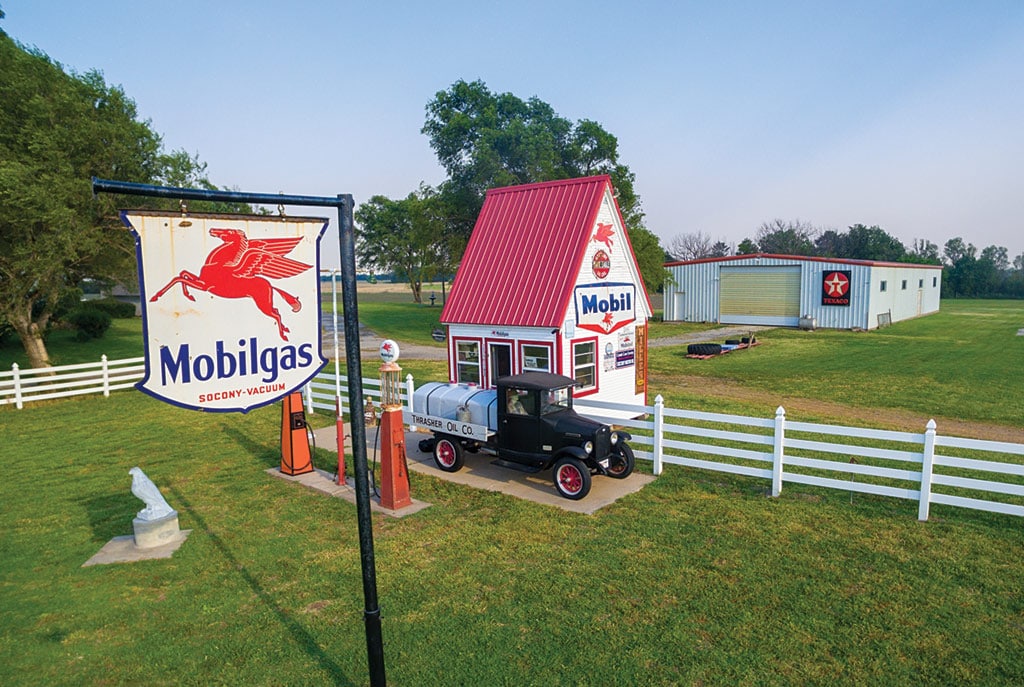
Rural Living December 01, 2020
Fuel Pump Fanatics
Gas station memorabilia recalls simpler times.
Petroliana isn’t a virus looming as the next pandemic, but those stricken with this obsession to collect gas station memorabilia are resigned to the fact that their affliction is incurable. The petroliana scene is focused on vintage gas pumps and the glass globes that topped them, advertising signs, road maps, oil and grease cans and literally any other item that would have been commonly found in a service station in the first half of the twentieth century.
“The market has become phenomenal,” says Joe Canchola, who handles consignments for Route 32 Auctions in Crawfordsville, Indiana.
“The interest is fueled by popular television shows like American Pickers and it’s sustained by car guys wanting to decorate their garage or outfit a man cave with vintage memorabilia. Old signs and gas pump globes are the most popular, but even one-quart oil cans are hot.”
Greensburg, Kansas, author Judi Kirk has published two coffee table books (Remnants: Prairie Gas Stations Remembered & Glimpses: Fill’er Up Memoirs and Memorabilia) featuring pictures and histories of old stations in Kansas and surrounding states. The hundreds of examples she found range from run down to renovated or repurposed and the stories behind them paint a vivid picture of life in seemingly simpler times.
“I found people with a lot of fond memories of the old gas stations—from the bell that was triggered when you drove over the air cord and the smiling attendant who always knew your favorite brand of oil to the gurgling sight and sound of gas draining from the glass cylinder ‘visible’ pump and the metal cooler in the front of the station filled with ice and soda pop. The ‘station’ was a place to catch up on the news—and the gossip—while laughter flowed freely,” says Kirk.
Those memories are what inspired Richard Thrasher to relocate and restore a local 1920s era gas station on his acreage near Halstead, Kansas. Thrasher, 79, built those memories in the two decades that he ran a station in his early career. A later job had him driving to work on US Highway 50 and passing an old, abandoned station several times a day. “I had lusted after that station for 35 years and tried to buy it multiple times. Then one day in 2015 my wife (LaJune) and I spotted a For Sale sign on it, so we stopped and immediately bought the place for $1,000. We had to take it apart to move it roughly 20 miles to our farmstead and then we rebuilt it to its original ‘cottage’ design. We were hooked and have been adding memorabilia to it ever since.” says Richard.
“We believe the station was built around 1914 and was moved in 1926 when the National Highway Act designated US 50 as a major transportation route. The highway was expanded in 1956 and that took out the gas pumps, so the station closed,” he adds.
Highlights of Thrasher’s collection include a pair of ‘visible’ gas pumps that required gas to be hand-pumped into a calibrated glass cylinder so customers knew they were getting the proper amount. Gas globes atop the pumps were originally lighted to attract the attention of passing drivers. Neon, metal and porcelain signs cover the walls, shelves are filled with scores of oil and grease cans of all sizes and a Coca-Cola ice chest is along one wall.
“Our exterior signage and the gas pump globes feature Mobil Oil and Phillips 66—one the station’s original brand and the other the brand of the station I operated,” says Richard.
Another obvious feature is the 1928 IH fuel delivery truck parked in the station’s drive. Thrasher admits to having a 1917 model, along with a host of other items, stored in other buildings.
“We get several visitors a week who stop to take pictures and ask questions and meeting interesting people is part of the fun of having the station,” says Richard, who sometimes greets visitors dressed in the period uniform of a station attendant.
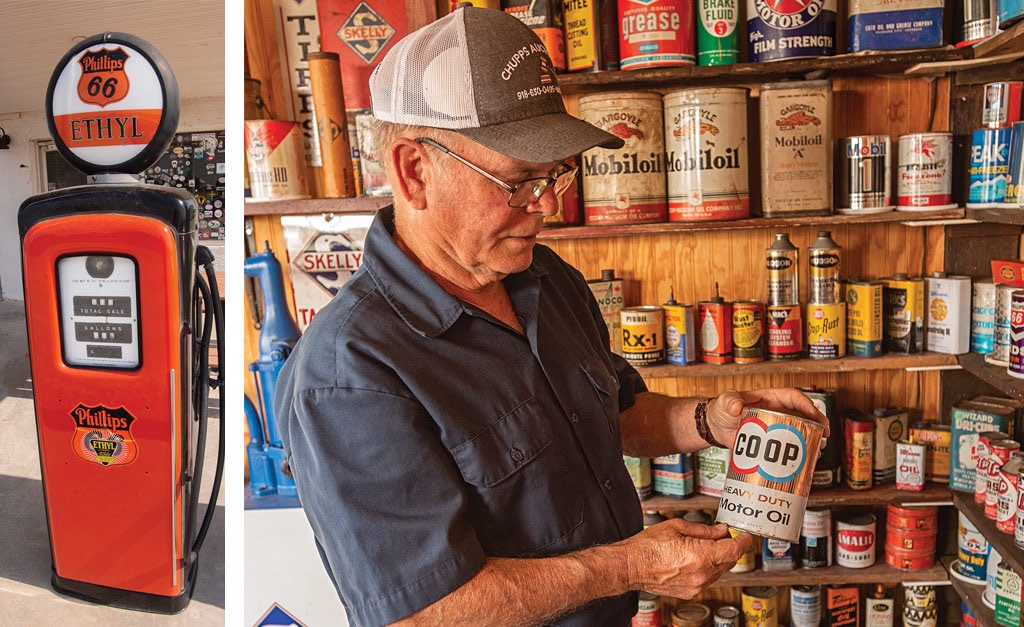
Gas pump globes, like this one at historic Lucille’s station on Route 66 in Hydro, Oklahoma, are a favorite item for collectors.
Prices climbing. Canchola says the popularity of petroliana is reflected in the price of the most prized items. Route 32 Auctions conducted the sale at the recent Iowa Gas Swap Meet—the nation’s largest gas, oil and auto-related advertising event. Highlights of the two-day auction were ‘rare’ restored fuel pumps for up to $26,000, gas pump globes that topped at $20,000 and gas and oil advertising signs that peaked at $9,750. Among other notable items were ‘rare’ five-gallon and one-quart oil cans that sold for $2,800 and $2,400 respectively. Vintage NO SMOKING and RESTROOM signs even brought $2,500 and $1,300 respectively. However, entry level items were also availble—signs and posters sold from $50 to $80 and gas pump globes and face plates began at $110. But, the cheapest one-quart oil can was still $225.
“Oil cans have really come on in value recently, and the road maps that Gulf Oil originally gave away now sell for up to $600,” says Canchola.
Gas station history. Gulf Refining opened the first ‘drive in’ gas station in 1913. The Pittsburgh, Pennsylvania facility sold 30 gallons its first day for 27 cents a gallon. Today, 123,000 stations sell an average of 4,000 gallons of gas a day, according to the American Oil and Gas Historical Society. The number of stations swelled to more than 200,000 in the 1920s as Henry Ford’s affordable Model T became popular. However, the traditional neighborhood atmosphere around those stations slowly began to change with the introduction of the first self-serve gas pump in 1947.
“There was stiff competition between oil companies in those days so a lot of colorful promotional material was developed. Stations commonly switched brands so new pumps, pump globes and other items were installed and owners were encouraged to destroy former items,” says Ron Hoyt, promoter of the Iowa Gas show.
“The limited supply and high value of this memorabilia has spurred counterfeiting,” warns Hoyt. “They’re often hard to detect—I don’t know anybody in the hobby who hasn’t been impacted at least once. It’s important to only buy from collectors you know well or from reputable sellers.”
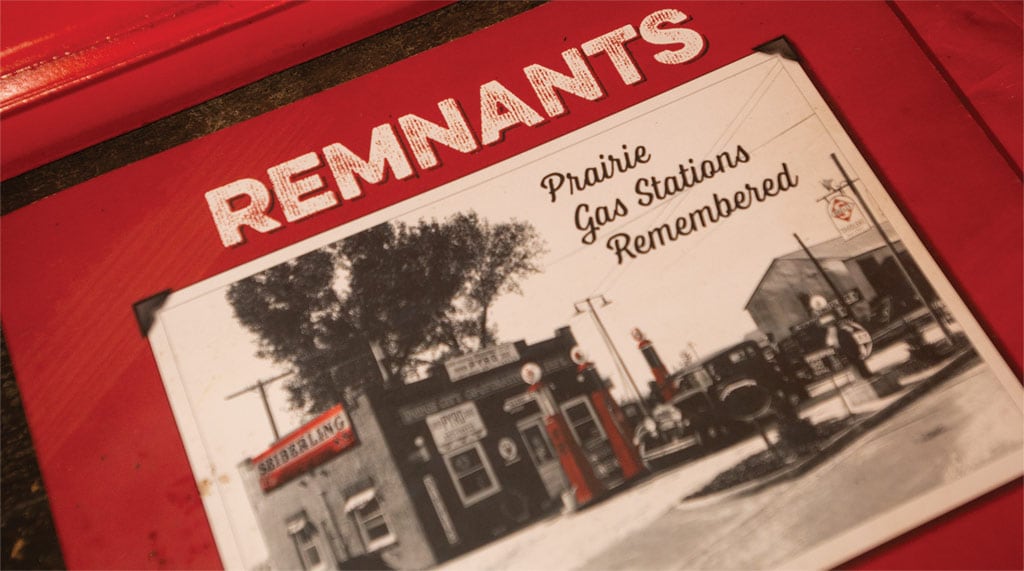
Judi Kirk’s mission to photograph a favorite old gas station turned into two books featuring hundreds.

